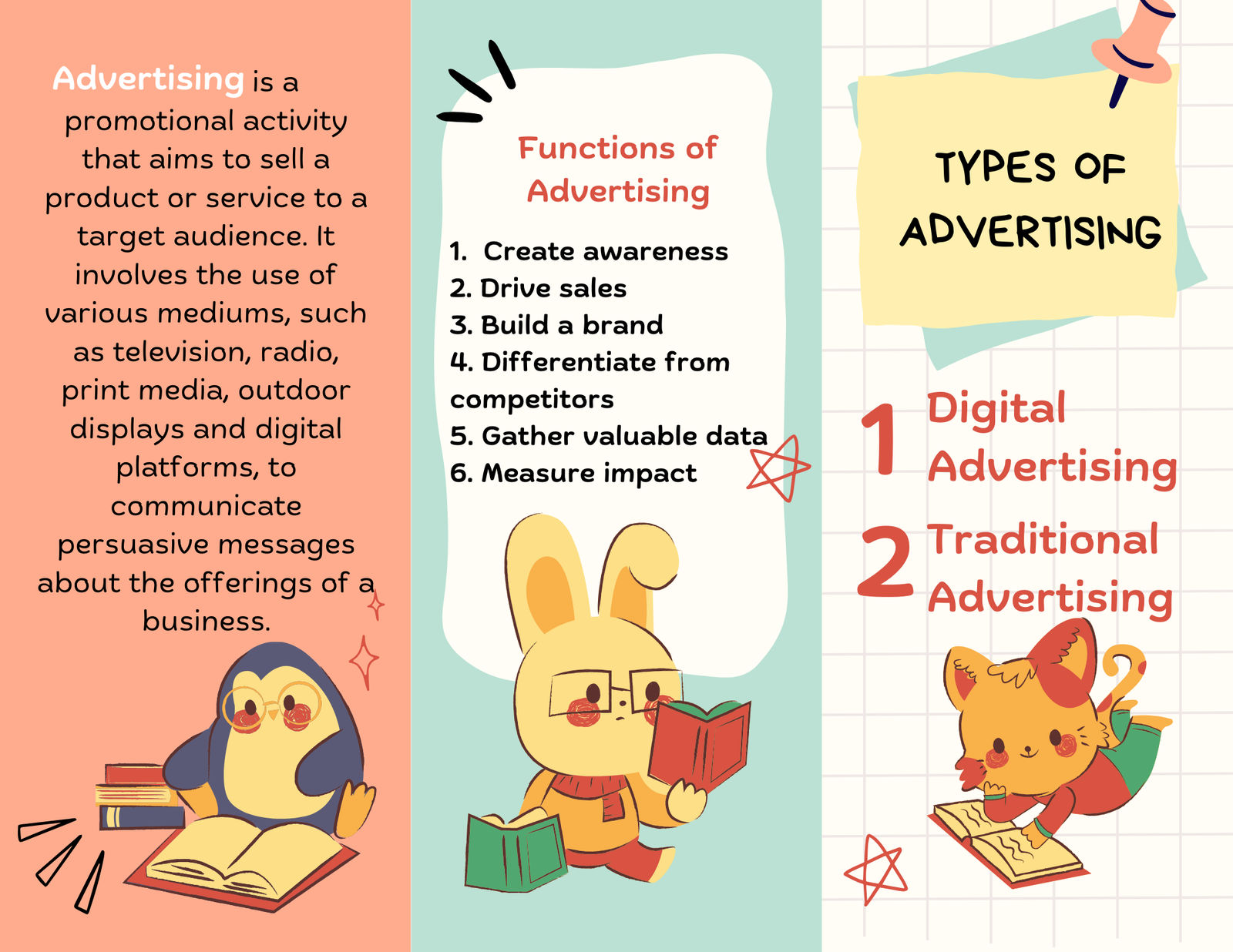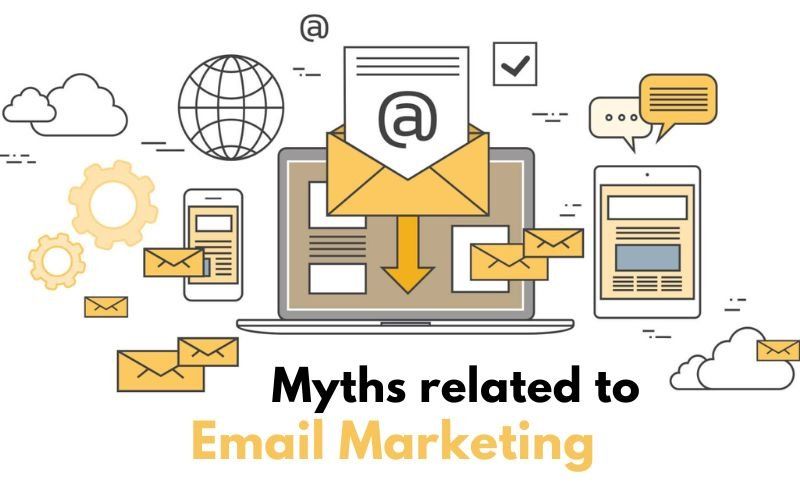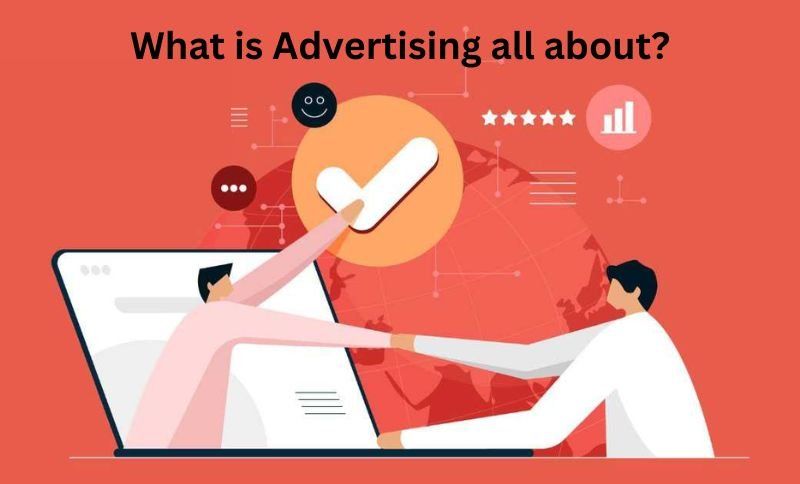What is Advertising?
Advertising is a promotional activity that aims to sell a product or service to a target audience. It involves the use of various mediums, such as television, radio, print media, outdoor displays, and digital platforms, to communicate persuasive messages about the offerings of a business.

Importance of Advertising
Advertising enables businesses to reach consumers, communicate their value proposition to potential customers, stimulate interest in what they’re offering, and ultimately drive purchases. It’s a key factor in a company’s ability to attract new customers, retain existing ones, and establish a strong presence in the market.
Functions of Advertising
- Create awareness: Advertising plays a crucial role in making a business’s products or services known to the wider public. It establishes a presence in the market, attracting new customers and staying top-of-mind for existing ones.
- Drive sales: Advertising is a key driver of sales for businesses. It can highlight special promotions, demonstrate product use, or explain how a service solves a customer’s problem, motivating customers to buy.
- Build a brand: Through advertising, a business can convey its values, mission, and personality, establishing a strong and recognizable brand identity. Emotional engagement fosters trust and loyalty.
- Differentiate from competitors: Advertising helps businesses stand out in a crowded market. Distinctive and memorable advertisements position a brand as the preferred choice, differentiating it from competitors.
- Gather valuable data: Digital advertising allows businesses to collect data on consumer behavior, preferences, demographics, etc. This data guides marketing strategies, shapes advertising campaigns, and informs product decisions.
- Measure impact: Digital advertising allows businesses to measure the impact of campaigns. Metrics such as click-through rates, conversion rates, and return on ad spend provide evidence of an ad’s performance.
Types of Advertising
- Traditional Advertising:
- Print: Newspapers, magazines, brochures.
- Billboards: Large outdoor displays in high-traffic areas.
- Television: TV ads with wide reach and creative storytelling.
- Radio: Audio-based ads during peak listening times.
2. Digital Advertising
- Email marketing: Direct and personal messages to opted-in recipients.
- Social media advertising: Ads on platforms like Facebook, Instagram, and Twitter targeting specific demographics.
- Search engine marketing: Paid ads on search engine results pages.
- Search engine optimization (SEO): Optimization for organic search results.
- Influencer marketing: Partnering with influential individuals in a niche.
- On-site pop-ups: Small windows on a website promoting a single offer.
Tips for Creating Effective Ads
- Understand your target audience: Know your customers, their needs, and tailor ads to speak directly to them.
- Craft a compelling message: Clearly communicate what you’re offering and why it’s valuable in a concise and compelling way.
- Use strong visuals: Employ eye-catching visuals with high-quality images, engaging colors, and a clean design.
- Include a clear call to action (CTA): Directly tell your audience what you want them to do next, whether it’s visiting your website or making a purchase.
- Test and optimize: Continuously monitor ad performance, test different versions, and optimize based on results for the best impact.









